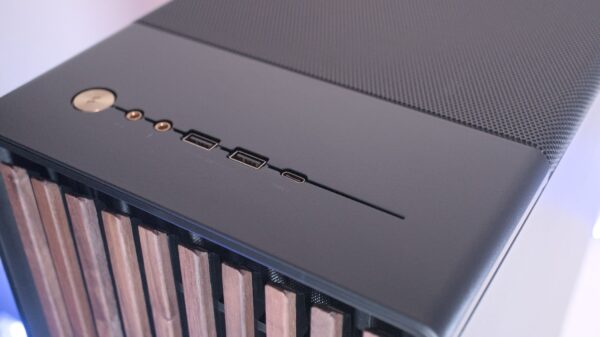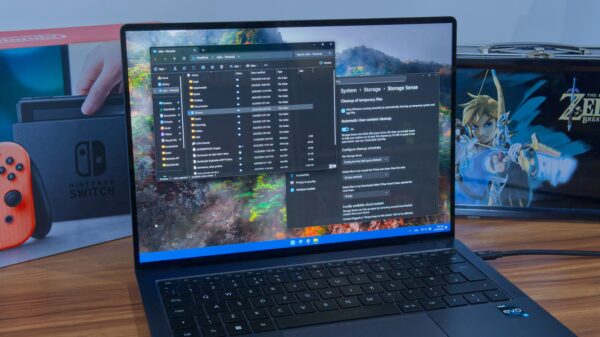In a significant move affecting users, Google has announced a battery performance update for the Pixel 6a, mirroring earlier actions taken with the Pixel 4a. This July 2023 update aims to address safety concerns related to battery defects but leaves consumers with limited options. Reports indicate that these changes could render the affected devices nearly unusable, raising questions about Google’s commitment to customer satisfaction and product quality.
The tech giant’s decision to restrict battery performance stems from concerns about potential hazards associated with lithium-ion batteries, which are widely used in modern smartphones. While these batteries are known for their energy density and reliability, they can degrade over time, leading to severe safety risks. As batteries age, they may develop issues such as dendrite growth, which can result in internal short circuits and, in extreme cases, thermal runaway. This phenomenon can cause the battery to catch fire, as seen in previous incidents with devices like the Samsung Galaxy Note 7.
Google’s proactive approach to the Pixel 4a’s battery issues involved reducing its capacity earlier this year after identifying risks associated with specific battery units. The Pixel 6a will face similar restrictions; the update will limit battery performance after the device has undergone 400 charge cycles. This decision comes in response to alarming reports of Pixel 6a devices catching fire, prompting Google to act swiftly to mitigate risks.
Consumer Impact and Company Response
The implications for Pixel 6a users are considerable. As the update rolls out, customers will be compelled to install it to continue receiving official software support. Those affected may find themselves in a frustrating position, having recently purchased a phone that is now subject to performance limitations. Google’s handling of this situation has been criticized, particularly given that the Pixel 6a remains an officially supported device until 2027.
Previously, when the Pixel 4a’s battery performance was downgraded, Google offered users a selection of compensation options, including a free battery replacement, a cash payment of $50, or a $100 credit towards future purchases. However, users reported that the process was riddled with complications, including fees and restrictions based on the device’s condition. Now, with the Pixel 6a, the compensation program mirrors these challenges, offering $100 in cash or $150 in store credit, along with a free battery replacement under similar conditions.
The ongoing battery issues not only frustrate users but also contradict Google’s stated commitment to sustainability. The company has frequently highlighted its efforts to minimize waste and utilize recycled materials in its products. For example, the upcoming Pixel 9a is designed with a frame made from entirely recycled aluminum. Yet, if the Pixel 6a and others are subject to performance-limiting updates shortly after their release, this could contribute to increased electronic waste, undermining Google’s sustainability narrative.
Long-Term Implications for Google’s Reputation
As Google navigates these challenges, the question arises: will future Pixel models, such as the Pixel 7a or 8a, face similar battery issues? The situation raises concerns about the quality of components used in budget models, as the premium Pixel devices have largely avoided such problems. The company’s strategy of moving away from removable batteries in favor of slimmer designs may also be backfiring, particularly as consumers now hold onto their smartphones for longer periods.
The Pixel 6a’s recent battery performance update exemplifies a broader issue within the smartphone industry, where manufacturers prioritize design over functionality, often at the expense of user experience. As Google works to restore consumer trust, it faces the challenge of addressing technical shortcomings while maintaining its reputation for innovation.
For Pixel 6a owners, the battery performance update is already rolling out. Users can explore compensation options through Google’s support site, but the experience remains complex and fraught with potential hurdles. As the company continues to promote longer-lasting products, the necessity for user-replaceable batteries may become increasingly apparent, particularly for devices expected to have extended lifespans.
In conclusion, as Google grapples with the fallout from these battery issues, its ability to effectively manage customer relations and product quality will be critical in determining the future of its smartphone line.


































































